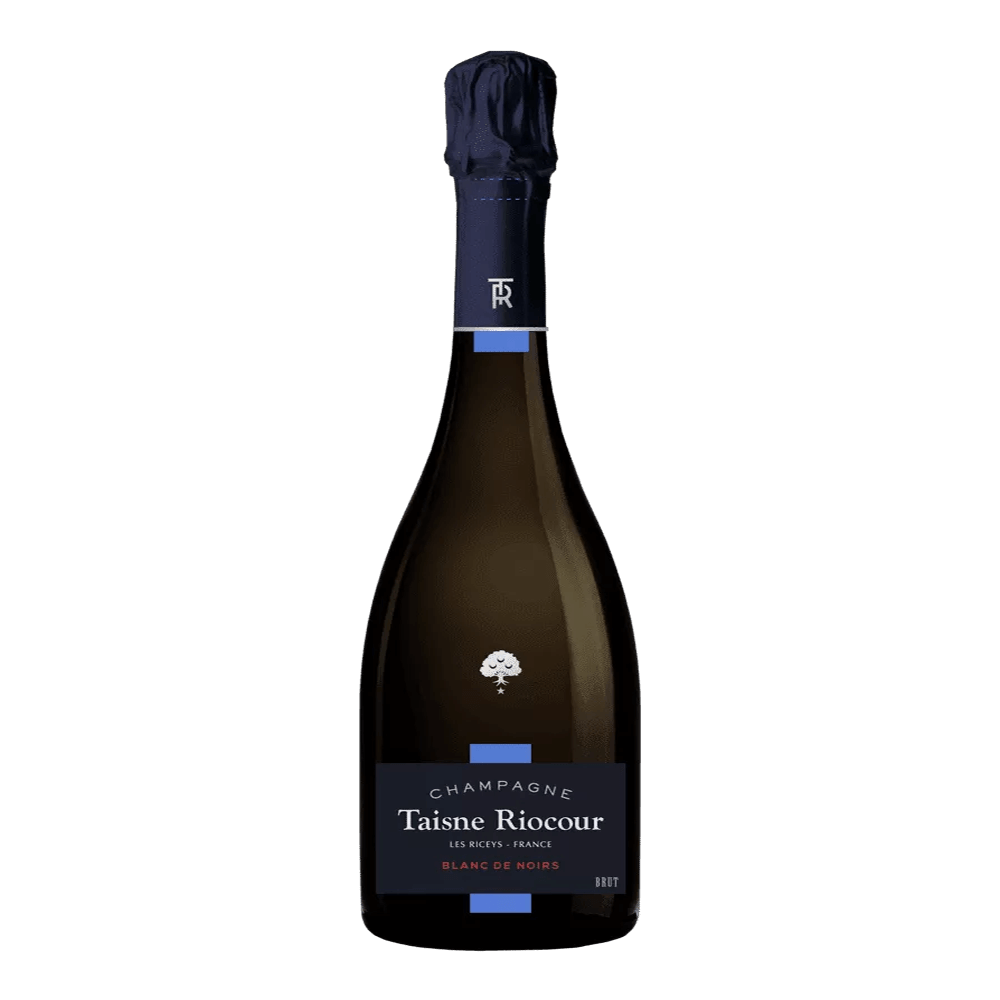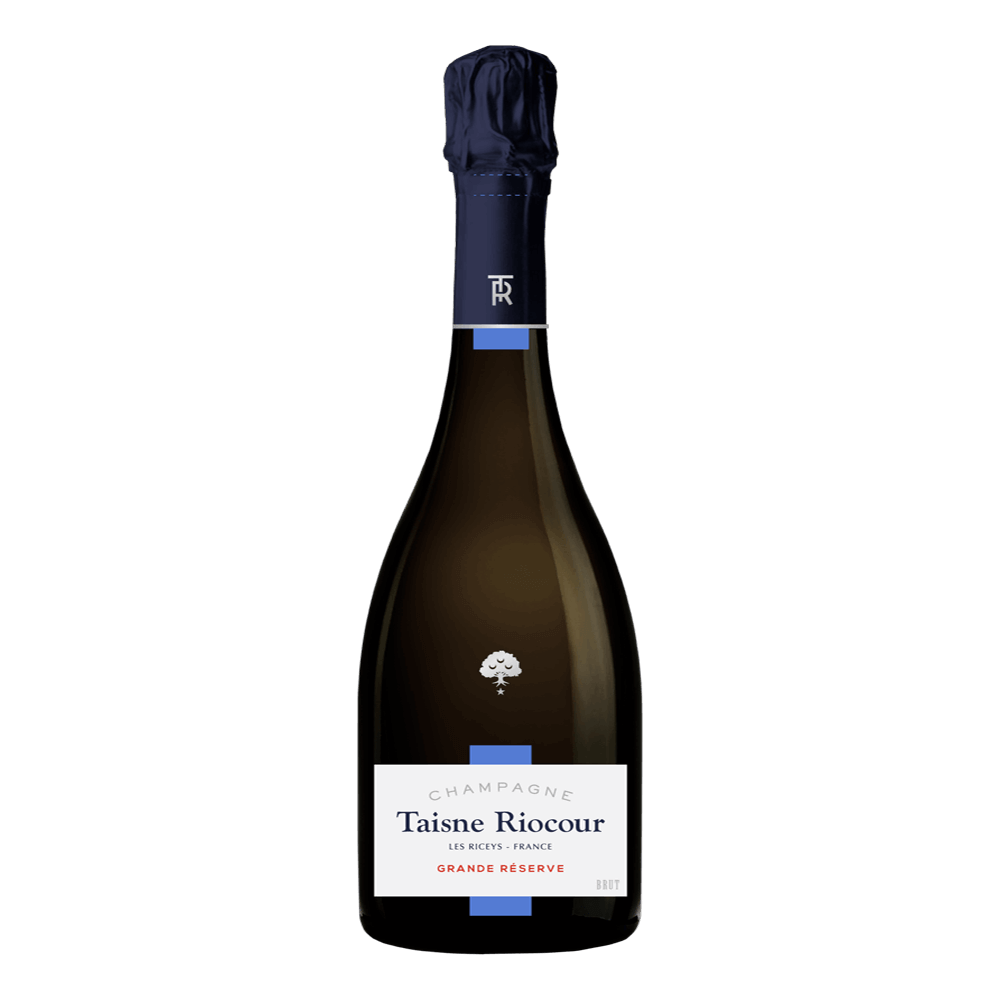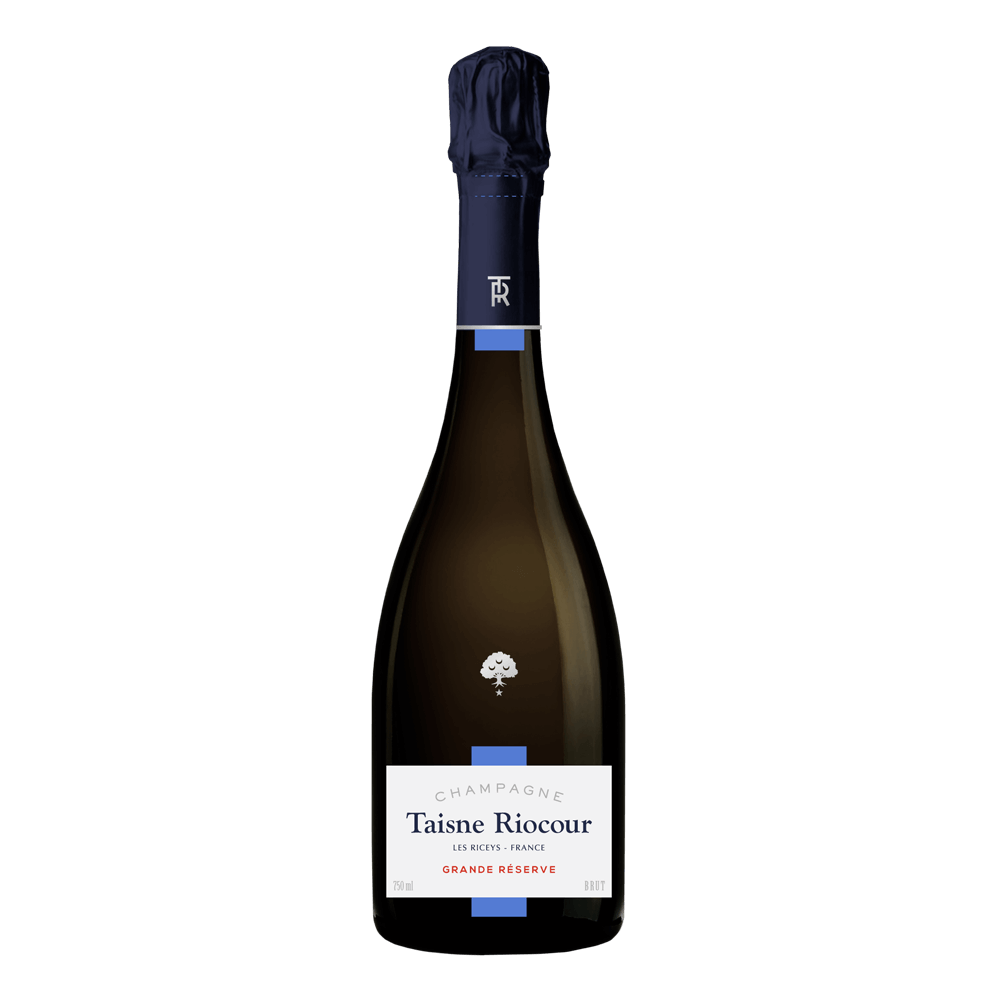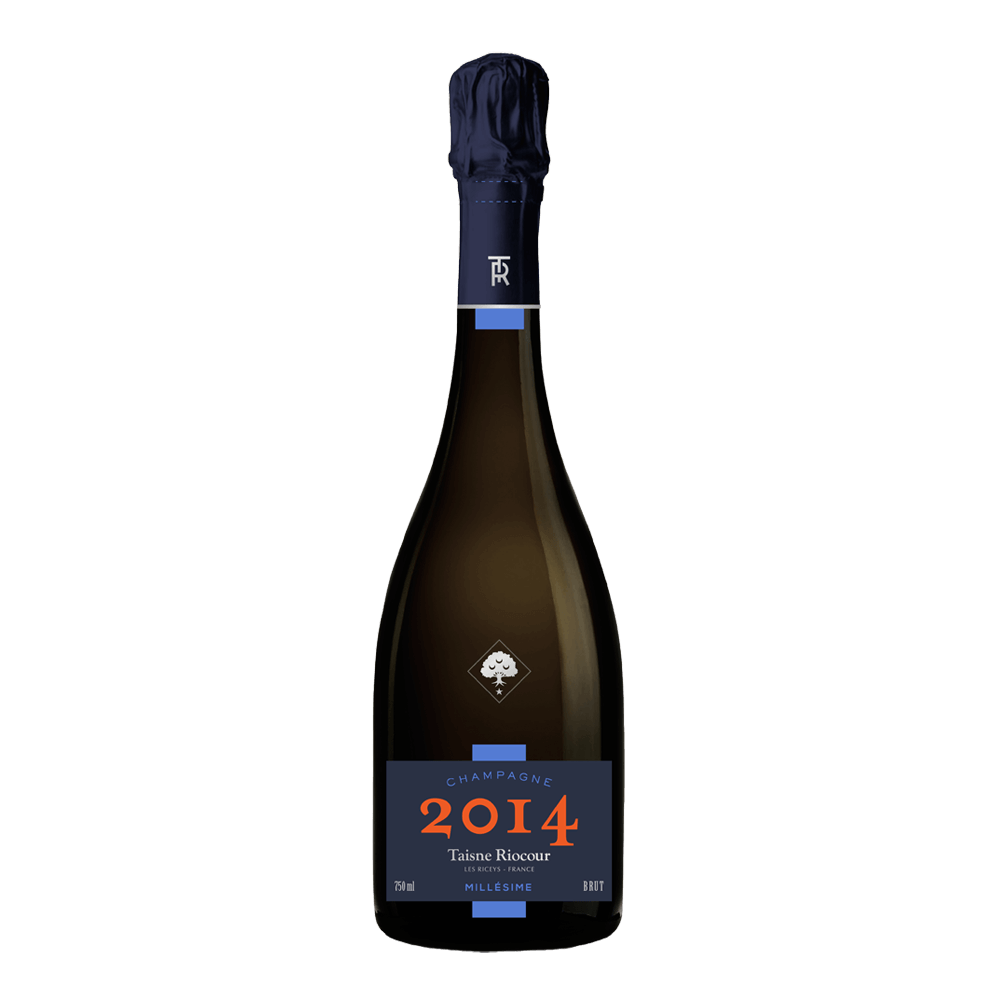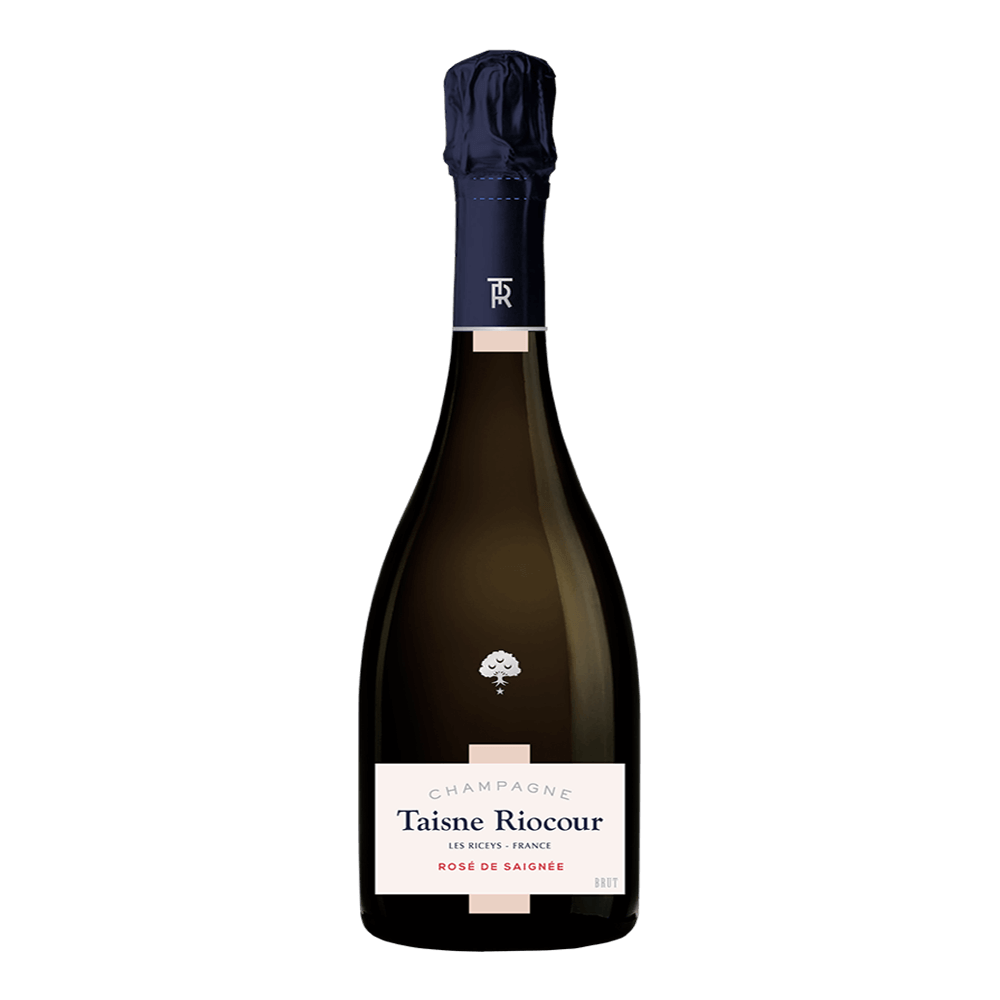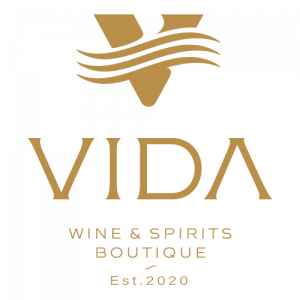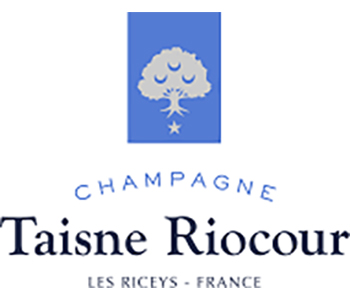
Taisne Riocour

Taisne Riocour Champagne first and foremost pays tribute to Angelito de Taisne and Claude de Riocour. They managed to breathe new life into the family winery, which was established in 1837. Taisne Riocour is a champagne that conveys the idea of the French way of life, its elegance and its characteristic nuances. The château embodies the centuries-old history and talent of modern gardeners. The winery's vineyards are spread over 20 hectares, mainly in Les Riceys, Côte des Bar-the largest appellation with a controlled designation of origin in Champagne. The vineyards are spread over 18 parcels and are on average 30 years old, with the Pinot Noir variety occupying the largest area. A team of excellent specialists takes care of every stage of the production of the wines, from harvest to vinification. In 2016, the vineyards were awarded the High Environmental Value certificate, which is proof of respect for biodiversity and the environment.
Region
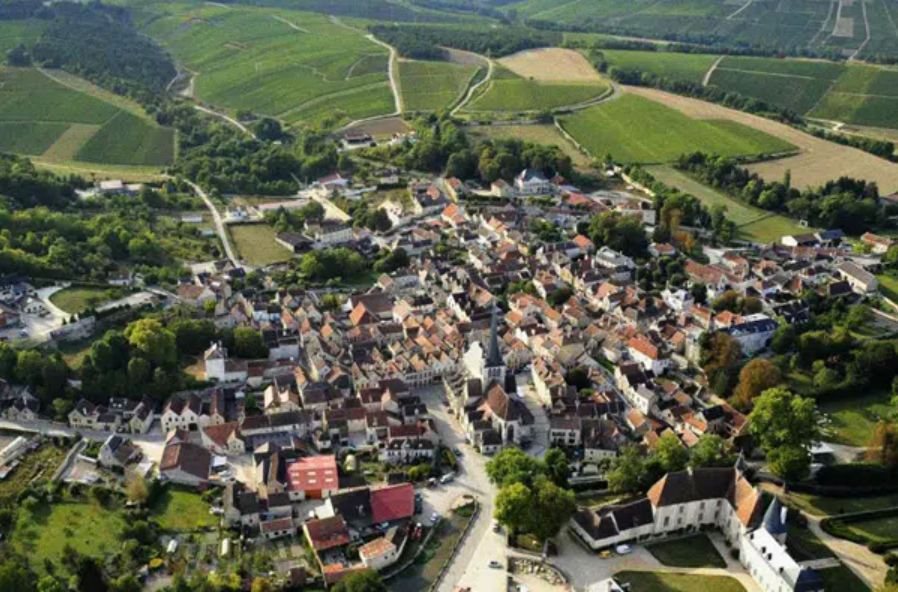
Since 1927, the AOC label has also been available for sparkling wines from the three eligible grape varieties Chardonnay, Pinot Noir and Pinot Meunier.
Climate & Soils
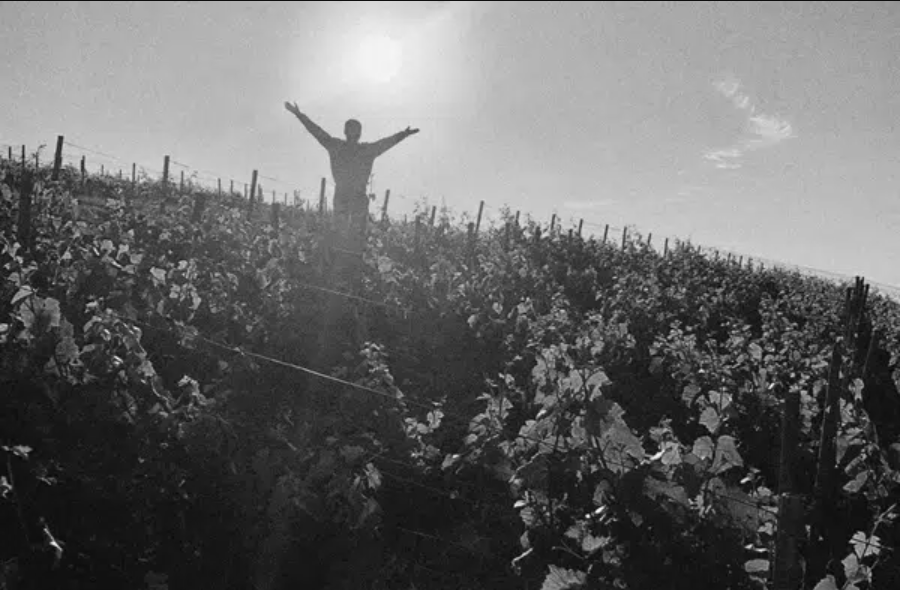
The vineyards are located at an altitude of 90 to 300 meters, for the most part on calcareous rocks such as chalk, marl or limestone. The specificity here is the high content of chalk granules, formed from the remains of marine microorganisms. It contains many fossils, which are responsible for the pronounced minerality of Champagne wines and also serve as water reservoirs as well as drainage aids.
Wine
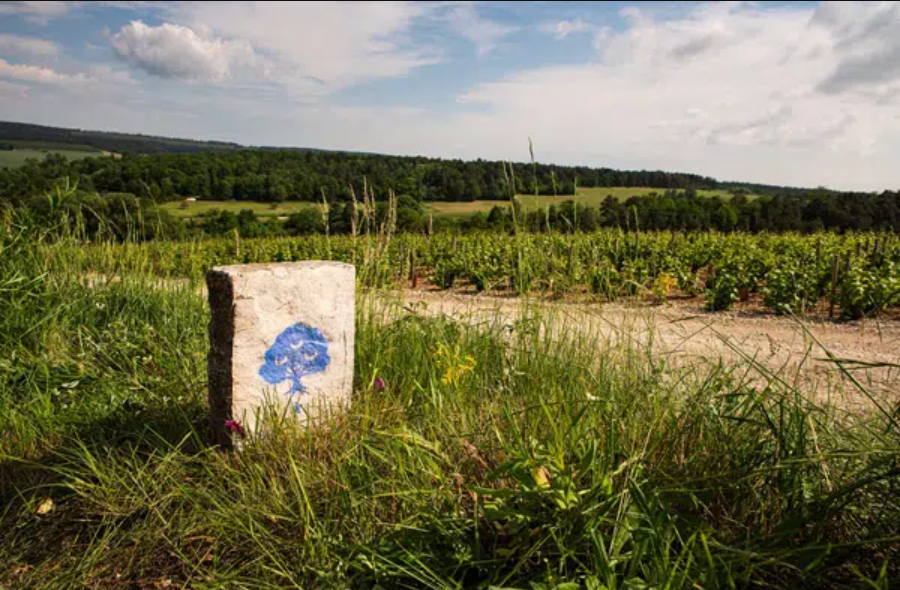
In 2016, the 20 hectares of vineyards of Taisne Riocour were awarded the High Environmental Value certificate, which is proof of respect for biodiversity and the environment. Pre-sowing treatments for plant protection are carried out with appropriate means without the use of insecticides and herbicide. Whenever possible, synthetic chemical products shall be replaced by certified organic products and natural substances of mineral origin. The winery carefully tests biodynamic practices and seeks new and modern alternatives, such as the use of green manure.








